I have just finished assembling a Raspberry Pi-based project into a DIY box made from copper clad FR4 PCB, with the edges soldered together and the copper surface connected to ground.
I expected, when I put the lid on the box, the onboard Wi-Fi and the USB GPS receiver would stop functioning - that is, the Pi would drop off Wi-Fi and the GPS fix would be lost.
Instead, there is no discernible effect. Wi-Fi and GPS function as if the metal lid is not present.
Given the entire reason I put this project in a copper clad case was to shield it from RF (it will be operating in the near field of a 5W VHF FM transmitter), I could do with understanding what's going on here.
and with the temporary lid on...

(note the thin stripped wire is just to ensure the lid is making electrical contact, and the USB power bank on top is just providing some downwards pressure also to ensure contact)
